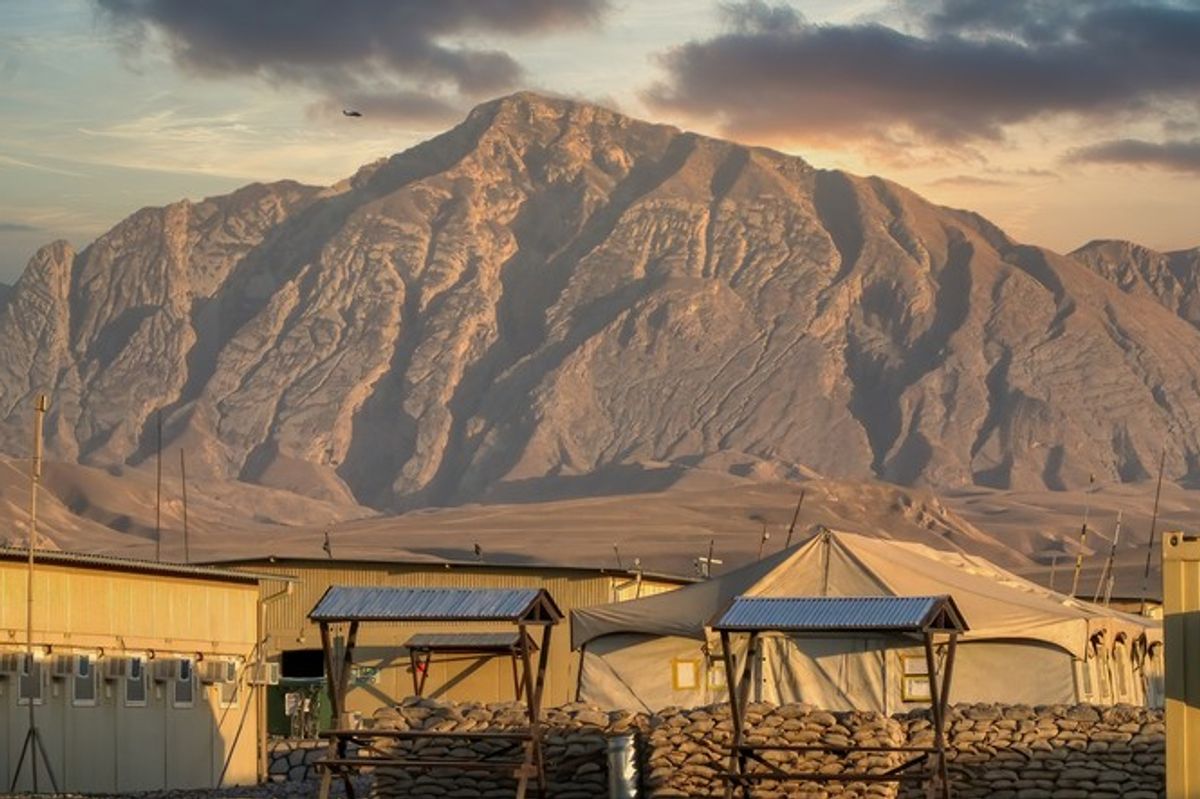Since becoming prime minister in 2014, Narendra Modi has pursued a more prominent and active role for India on the world stage in a bid to increase India’s international prestige. By shifting away from India’s longstanding policy of nonalignment, Modi has forged new partnerships that he hopes will benefit the country’s security and involvement in global affairs. The Cipher Brief spoke with Tanvi Madan, Director of the India Project at the Brookings Institution to learn more about Modi’s foreign policy strategy and his goals for India.
The Cipher Brief: What goals does Prime Minister Narendra Modi have in mind for India’s foreign policy?
Tanvi Madan: Like previous governments, Prime Minister Modi’s foreign policy is driven first and foremost by domestic objectives—namely economically strengthening India and securing it. India is looking abroad for capital, technology, knowledge (including best practices), markets, resources (including energy), remittances, jobs for its citizens at home and abroad, and military equipment. It is also seeking partnerships that can provide these things and give it greater leverage.
Modi has also sought a larger role for India both regionally, as well as on the global stage—not just for status or respect, but to be able to shape India’s environment and its choices to a greater extent. This is also where the U.S. fits in for Delhi, with Modi envisioning it as a “a principal partner in the realization of India’s rise.”
While foreign policy is designed to achieve domestic objectives, there’s also recognition that without domestic achievement, India will have less foreign policymaking space and leverage.
TCB: The India-U.S. relationship has grown stronger under the Obama and Modi administrations. What needs to happen for this to continue under the next U.S. president?
TM: India’s former national security advisor recently said that India-U.S. relations are better than they have ever been. Strategically, there’s convergence, particularly given some shared concerns related to the rise of China, and the two are becoming closer defense partners. Economically, the two countries cooperation has increased significantly from a decade and a half ago, but there’s a sense that it needs to pick up pace. There also remains the values imperative for the relationship between the two democracies, buoyed by the greater amount of interaction between the two peoples, including via the large Indian diaspora in the U.S.
For this relationship to keep up the momentum under the next U.S. administration, it’ll require continued—and perhaps closer—cooperation on the strategic front; ways of tackling or managing differences, especially on the economic front, which is not going to be easy given the concerns that this election season has brought to the fore on trade and immigration; delivering on existing agreements, high-level attention, despite other foreign policy preoccupations; efforts to speak to the other’s priorities, ensuring that each sees the relationship as having utility and as mutually beneficial.
TCB: Prime Minister Modi has made public statements that he will be tough on Pakistan and attempt to isolate it from the international community if it continues to be a “mothership” for terrorism. What policy steps is he taking to do this, and what are the potential outcomes?
TM: On the diplomatic front, Delhi has tried to place terrorist attacks against India within the broader context of global terrorism and called for greater action against terrorists, as well as pressure on those that might be supporting—or not countering—them. It has, with mixed success, been bringing up the issue at regional and global fora. It has also been calling out Pakistan much more publicly and frequently. And it has been reaching out to various countries—neighboring countries and major powers—to condemn terrorist attacks against India, as well as call for greater Pakistani action against terrorist groups based there. It has had more success with the latter than the former, but countries like the U.S. and Russia have done both. While privately it might have taken steps, China, a close partner of Pakistan, has publicly not been as forthcoming, blocking references to Pakistani-based terror groups in the BRICS (Brazil, Russia, India, China, South Africa) declaration and India’s attempts to put the head of one of the groups on the UN-designated terror list.
On the military front, the Indian government wanted to signal that it will not necessarily leave cross-border attacks unanswered. In a departure from the past, it announced that it had taken action against terrorists “launch pads” from where it was expecting an attack. This was a message not just for Pakistan but for third countries—especially those with leverage with Islamabad and Rawalpindi—and a domestic audience about the limits of Indian restraint.
How effective these approaches will be in terms of changing Pakistani behavior remains to be seen.
Domestically, there will have to be a hardening of defenses and potential targets.
TCB: India has one of the world’s largest militaries, and it is investing heavily into advancing its capabilities. How will this affect the regional security dynamic as India grows, and how does Modi view the role of this growing strength?
TM: It depends on the choices not just India, but other countries make as well.
In terms of Indian defense spending, it’s not out of normal range for a country that has a long land border and coastline, as well as domestic and external security challenges, including two nuclear-armed neighbors. Spending has stayed below 3 percent of GDP and, over the last few years, it has actually decreased from 2.62 percent in 2011 to 2.26 percent in 2016. India is one of the largest importers of defense equipment in the world—its sources have become diversified—but that has partly been a result of the state of the defense industrial base in India. It’s ability to enhance its military capabilities will, among other things, depend on its ability to strengthen it economic capabilities.
The Modi government will have to continue to undertake the tasks previous governments did— homeland security, deterring China and Pakistan, peacekeeping operations, HADR/evacuation operations—but it has also expressed an intent to do more to be a net security provider in the region as well. To conduct these tasks more effectively, there have been calls for improvement in terms of integrated planning, procurement, technology and training, intelligence, border defenses, and allocation of resources among services.










